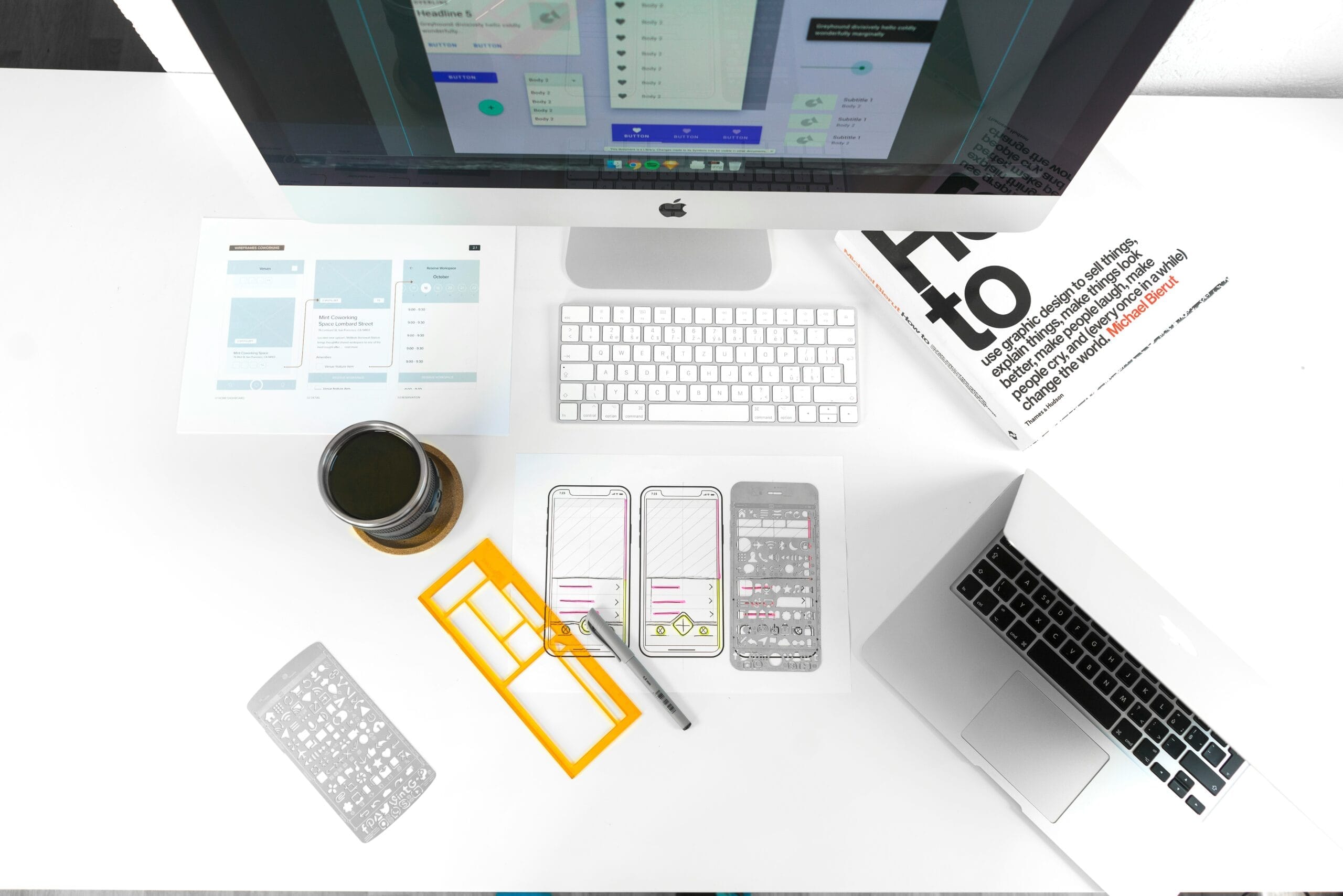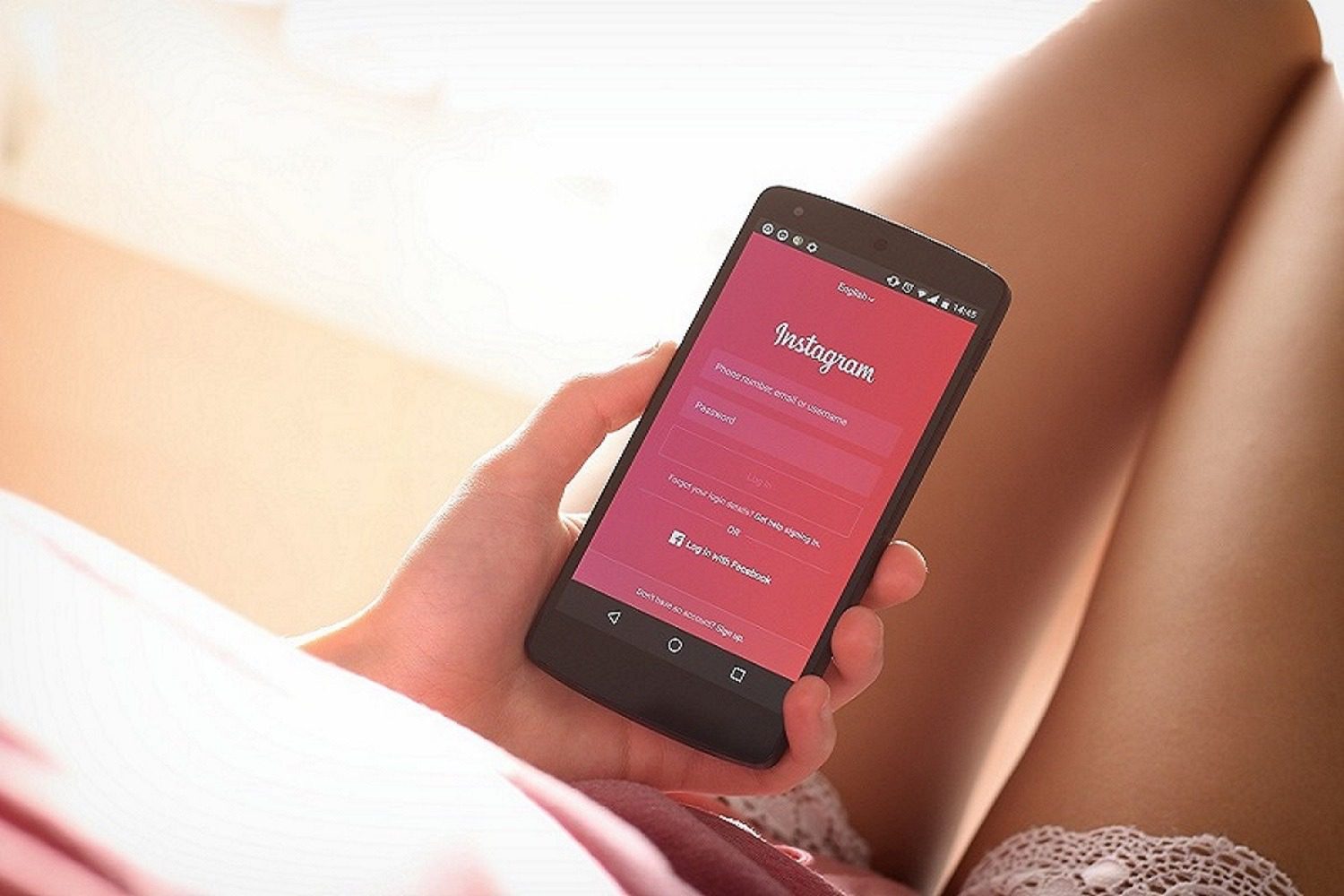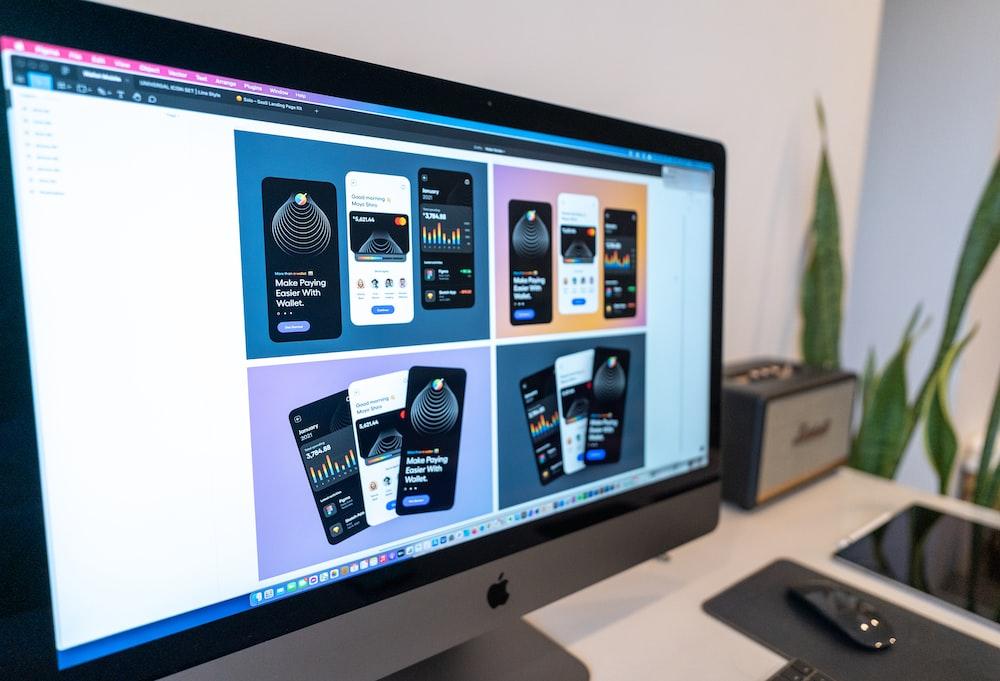
Emerging trends in visual design are redefining the way brands communicate and engage with audiences. Minimalism continues to be a strong influence, with a focus on clean, simple visuals that prioritize clarity and user experience. Bold typography and vibrant color schemes are gaining popularity, enhancing personality and expressiveness in digital designs. Additionally, 3D elements and immersive visuals, such as augmented reality (AR), are bringing more depth and interactivity to the user experience. Inclusive and accessible design is also increasingly important, ensuring that visuals resonate with diverse audiences. Together, these trends are shaping a dynamic and forward-thinking visual design landscape.
Introduction to Visual Design
Visual design is the art and science of crafting visuals that communicate ideas, evoke emotions, and guide users seamlessly through digital or physical spaces. It blends elements like color, typography, imagery, and layout to create designs that aren’t just beautiful but purposeful and intuitive. From the interfaces of apps to the branding of global companies, visual design shapes how we perceive and interact with the world around us.
A ui ux design course in Hyderabad provides the foundational skills and tools to master this field, covering essential topics such as composition, user experience, and color psychology. By learning from real-world case studies and hands-on projects, students gain an understanding of how to create impactful designs that communicate effectively and enhance user satisfaction. With demand growing across industries—from tech and advertising to retail—visual design has become an essential skill for anyone looking to influence how people experience brands, products, and ideas in the modern world.
Key elements that make the Visual Design more interactive
Here are the key elements that make visual design more interactive:
- Engaging Typography: Using bold, dynamic typography captures attention and enhances readability. Typography that reflects the brand’s personality adds character and draws users in.
- Color Psychology: Colors evoke emotions and set the mood. Choosing colors thoughtfully can encourage certain actions, create warmth, or convey urgency, adding depth to the user experience.
- Imagery and Icons: High-quality images and custom icons make visuals relatable and easier to navigate. Consistent, clear icons enhance usability, helping users understand actions at a glance.
- Animation and Motion Graphics: Subtle animations, like button hovers and scrolling effects, bring designs to life, making interactions feel smooth and intuitive.
- Whitespace: Strategic use of whitespace improves focus and reduces visual clutter. It guides the user’s eye naturally, creating a balanced and pleasing design flow.
- Consistency and Alignment: Maintaining a cohesive style across elements creates familiarity and ensures users feel comfortable and engaged throughout the experience.
These elements together create a more immersive, intuitive, and enjoyable user experience in visual design.
Emerging trends in Visual Design
Emerging trends in visual design are transforming how brands connect with audiences, focusing on innovation, inclusivity, and interactivity. One popular trend is bold typography. Designers are using oversized, expressive fonts that capture attention, often becoming a central design element. For instance, Spotify’s playlists use bold, vibrant type to create a distinct, memorable visual style that aligns with their brand voice.
3D design and immersive visuals are also gaining popularity. Companies are integrating 3D elements and AR experiences, as seen with IKEA’s Place app, which allows customers to visualize furniture in their homes using augmented reality. This adds depth and a real-time user experience.
Sustainability-focused design is another emerging trend, with brands increasingly using natural color palettes and eco-friendly messaging to reflect environmental consciousness. For example, Patagonia’s website design and brand visuals emphasize sustainability with earthy tones and environmental imagery.
Inclusive and accessible design is essential today, as brands seek to create designs that resonate with diverse audiences. Microsoft, for instance, has incorporated accessibility features into its visual design for better inclusivity.
These trends demonstrate how visual design is evolving to be more engaging, immersive, and socially aware, creating meaningful connections with audiences through innovative and relevant visual storytelling.
Enhance your designs with the right use of Visual Designs
Here are key ways to enhance your designs by using visual design elements effectively:
- Use Hierarchy for Focus: Establish a clear visual hierarchy with varying font sizes, colors, and element positioning. This guides viewers’ attention to the most important information first.
- Choose Colors Thoughtfully: Use color psychology to evoke the desired emotional response. Complementary and contrasting colors can create harmony or highlight important sections.
- Incorporate White Space: Embrace whitespace to reduce clutter, giving designs a clean, professional look and making content easier to read and navigate.
- Leverage Consistent Typography: Select fonts that align with the brand’s tone and keep typography consistent to ensure readability and brand cohesion across all design elements.
- Add Interactive Elements: Subtle animations or hover effects make designs feel interactive and engaging, enhancing the user experience.
- Use Quality Imagery and Icons: High-quality images and custom icons can convey messages quickly and add polish to the overall design.
- Ensure Alignment and Consistency: Aligning elements and maintaining a consistent style creates a visually cohesive design, which builds trust and professionalism.
These techniques help create clear, engaging, and aesthetically pleasing visual designs.
The Future of Visual Design
The future of visual design is set to be more interactive, immersive, and user-centric, driven by rapid technological advancements and evolving user expectations. Trends such as 3D visuals, augmented reality (AR), and virtual reality (VR) are making designs more engaging and lifelike, allowing users to experience products and services in entirely new ways. Additionally, the focus on inclusive and accessible design is growing, with designers increasingly ensuring that visuals resonate with a diverse, global audience.
For those looking to excel in this evolving field, a ui ux design course in Hyderabad provides essential skills and insights into the latest design trends and technologies. Such courses cover the foundations of user interface (UI) and user experience (UX) design, as well as the practical application of visual elements, interaction design, and usability principles. By gaining expertise through hands-on learning, aspiring designers are well-prepared to craft innovative, future-forward designs that meet the demands of an increasingly digital and visually-driven world.
Conclusion
Emerging trends in visual design are reshaping how brands engage audiences, making designs more interactive, inclusive, and impactful. With the rise of 3D elements, bold typography, augmented reality, and sustainable design choices, designers are crafting experiences that go beyond aesthetics to enhance usability and storytelling. These trends reflect a shift toward user-centric design, where accessibility and inclusivity are prioritized. As technology continues to evolve, staying attuned to these trends enables designers to create meaningful and memorable interactions that resonate with diverse audiences. Embracing these innovations will be key to keeping visual design relevant and influential in the years to come.








